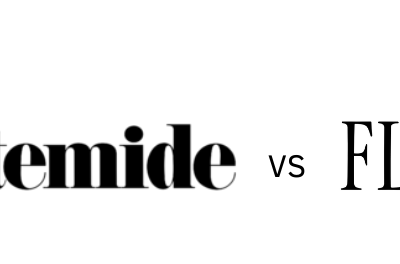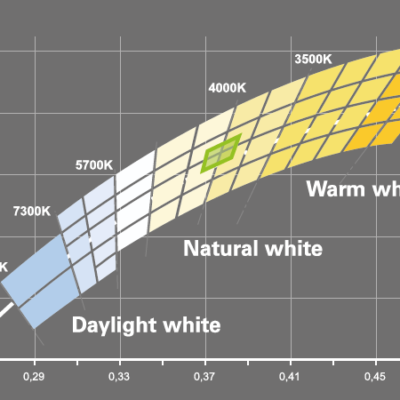March 16th, 2023
- Warp and Weft: These are the two basic components of a rug’s foundation. The warp is the vertical thread that runs through the entire length of the rug, while the weft is the horizontal thread that is woven back and forth across the warp.
- Pile: This refers to the surface of the rug that is made up of loops or cut fibers. The pile can be either short or long, and can be made from a variety of materials including wool, silk, and cotton.
- Knots: The knots are the basic building blocks of the rug’s design. Each knot is created by tying a strand of yarn around two adjacent warp threads. The number and type of knots used can vary depending on the region where the rug was made.
- Dyeing: The process of coloring the yarn used in the rug is called dyeing. Natural dyes are commonly used in handmade rugs, although synthetic dyes may also be used.
- Border: The border is the decorative edge of the rug that frames the central field. The design of the border can vary depending on the style of the rug.
- Medallion: The medallion is the central design element of many rugs. It is often symmetrical and can be either geometric or floral in shape.
- Weave: The weave refers to the way the rug is constructed. Different weaves can create different textures and patterns in the rug.
- Finishing: Finishing refers to the final steps taken to complete the rug, such as trimming the pile and securing the edges.



